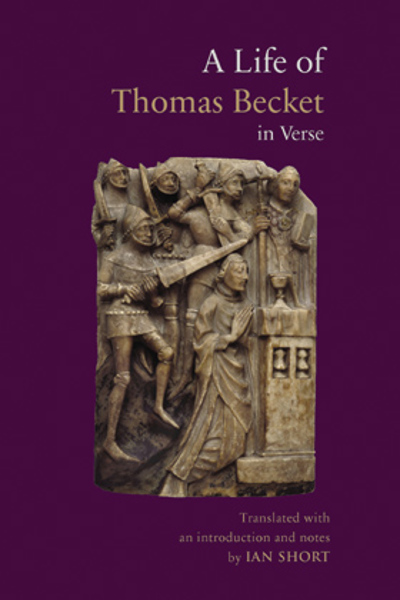
The Medieval Clergy, 800–1250: A Sourcebook
John S. Ott, Anna Trumbore Jones
- Pages: 536 p.
- Size:152 x 229 mm
- Language(s):English
- Publication Year:2024
- € 48,00 EXCL. VAT RETAIL PRICE
- ISBN: 978-0-88844-313-7
- Paperback
- Available
“This intelligently compiled and edited collection of sources in translation on the secular clergy in the Middle Ages provides selections that facilitate analyses of individual places and people across key centuries for the development of European society. The source groupings come classroom-ready with questions for students to consider as they read and create opportunities for writing assignments that allow comparisons across time as well as explorations of specific issues. This sourcebook will be a great boon to all those teaching and studying the history of western Christianity in the European Middle Ages.” — Maureen C. Miller, University of California Berkeley
John S. Ott is Professor of History at Portland State University, and holds degrees from the University of Puget Sound, Stanford University, and the Pontifical Institute of Mediaeval Studies. He is the author of Bishops, Authority and Community in Northwestern Europe, c.1050–1150 (2015). His publications center on ecclesiastical history and the history of canon law, particularly for northern France.
Anna Trumbore Jones is Professor of History at Lake Forest College, and was educated at the University of Chicago, University College London, and Columbia University. She is the author of Noble Lord, Good Shepherd: Episcopal Power and Piety in Aquitaine, 877–1050 (2009), and numerous essays about secular clergy and religious life in tenth- and eleventh-century southwestern France.
The Medieval Clergy gives voice to the so-called secular clergy in the Central Middle Ages – a group that included priests, bishops, deacons, and canons, whose primary responsibilities included ministering to laypeople. These clerics administered the sacraments, and their churches sheltered the poor, housed the relics of the saints, and offered places of protection and community. The documents collected here, most appearing for the first time in English, allow readers to explore the richness of the lives of these clergy: the ideals they strove to emulate, the complexity of their lived experiences, and the multifaceted roles they played – pastoral, sacramental, familial, social, educational, liturgical, memorial, military, economic, legal, and civic.
Illustrations
Abbreviations
Acknowledgments
Note on Translations, Names, and Placenames
Guide for Students
Introduction
Part I. Norms and Expectations of Clerical Conduct
Guiding Precepts
Laws and Rules
Models and Exhortations
Part II. The Rhythms of Clerical Life
Sex, Marriage, and Inheritance
Education, Learning, and Friendship
Old Age, Death Rituals, and Episcopal Succession
Part III. Priestly Duties: Ordination, the Liturgy, and the Sacraments
The Priest and His Flock
On Choosing a Suitable Bishop
Ordering the Church: Blessing, Consecration, Protection
The Cult of Relics
Part IV. The Secular Clergy in the Wider World
Recovery, Settlement, and Administration of Church Lands
The Clerical Precinct
Correction, Judgment, and Arbitration
Waging War and Making Peace
Secular Clergy and the Foundation of Religious Communities
Clergy in the Urban Landscape
Glossary
Select Bibliography
Index


